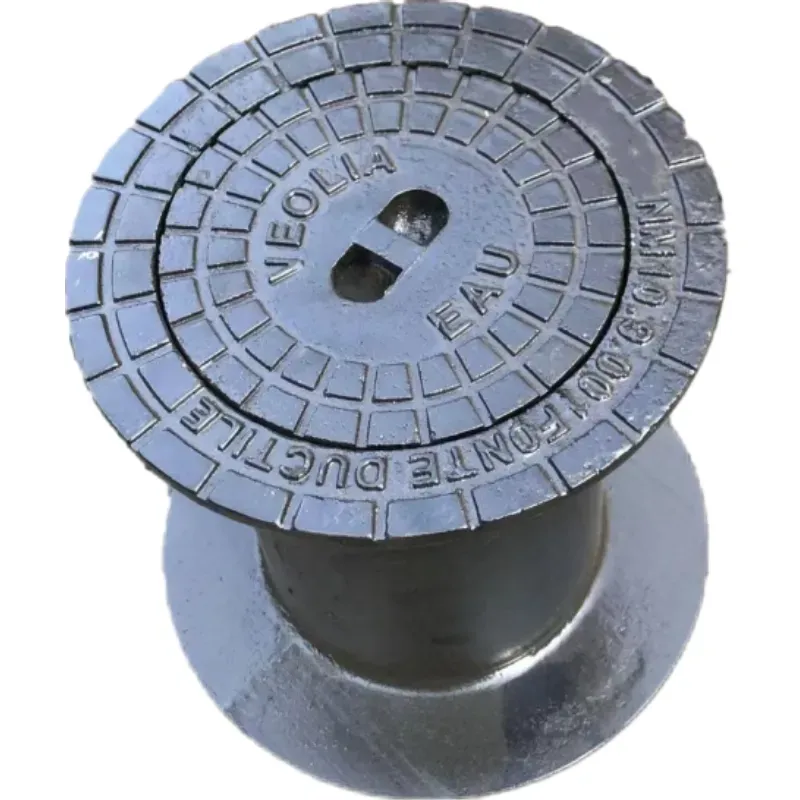gate valve lock out
The Importance of Gate Valve Lockout Procedures
In industrial and commercial settings, the management of hazardous energy is paramount to ensure the safety of workers and the integrity of systems. One critical component of this management is the implementation of gate valve lockout procedures. Gate valves are frequently used to control the flow of fluids in various systems, from water treatment plants to oil and gas pipelines. When maintenance or repair work is required, ensuring that these valves are securely locked out is essential to prevent accidental activation and mitigate the risk of injury.
Understanding Gate Valves
A gate valve is designed to allow or restrict the flow of fluids by raising or lowering a gate within the valve body. When the gate is fully lowered, the flow is completely blocked, making it an effective choice for isolating sections of a pipeline. However, during maintenance, it is crucial that these valves do not accidentally open, which can lead to potentially dangerous situations, including leaks, spills, or uncontrolled pressure release.
The Need for Lockout/Tagout (LOTO) Procedures
Lockout/Tagout (LOTO) procedures are safety protocols designed to prevent the unexpected energization or startup of machinery and equipment during maintenance and servicing. This practice involves placing locks and tags on switches and controls to ensure that the equipment remains inoperable while work is being performed. The use of LOTO procedures for gate valves is particularly important due to the potential hazards associated with the fluids they control.
Steps for Effective Gate Valve Lockout
Implementing an effective lockout procedure for gate valves involves several critical steps
1. Preparation Before beginning any maintenance work, identify all energy sources associated with the gate valve, including electrical, hydraulic, pneumatic, and mechanical systems. Assess the risks involved in each scenario to ensure comprehensive safety measures are in place.
gate valve lock out

2. Notify Affected Employees Communicate with all personnel who may be affected by the lockout procedure. This includes technicians, operators, and other team members who may work in the vicinity of the valve. Ensure they understand the scope and duration of the lockout.
3. Shutdown Procedures Follow the manufacturer's guidelines to properly shut down the machinery or system. Ensure that the gate valve is in the closed position, effectively isolating it from the flow.
4. Lockout the Valve Place a lock on the gate valve handle or control mechanism. If the valve design allows, use a valve lockout device specifically designed for gate valves. This device should prevent any unauthorized opening of the valve.
5. Tagout Attach a tag to the lock that clearly indicates the valve is out of service and identifies the person responsible for the lockout. This tag should include information regarding the maintenance work being performed and the expected completion time.
6. Verify Isolation After locking and tagging the gate valve, verify that it is indeed isolated from any energy sources. This may involve attempting to operate the downstream equipment to confirm that the valve is functioning as intended.
7. Perform Maintenance With the gate valve securely locked out, proceed with the necessary maintenance or repair work.
8. Remove Lockout and Restore Service Once the work is complete, ensure that all tools and personnel are accounted for. Remove the lock and tag, and ensure that the gate valve is returned to its operational state before resuming normal activities.
Conclusion
Gate valve lockout procedures are a critical aspect of workplace safety in any environment where these valves are utilized. By adhering to established LOTO protocols, organizations can mitigate risks associated with accidental valve activation, protecting employees and the integrity of the operational systems. As safety regulations continue to evolve, the importance of thorough and effective lockout procedures will remain a key component in promoting safe working conditions.
-
The Smarter Choice for Pedestrian AreasNewsJun.30,2025
-
The Gold Standard in Round Drain CoversNewsJun.30,2025
-
The Gold Standard in Manhole Cover SystemsNewsJun.30,2025
-
Superior Drainage Solutions with Premium Gully GratesNewsJun.30,2025
-
Superior Drainage Solutions for Global InfrastructureNewsJun.30,2025
-
Square Manhole Solutions for Modern InfrastructureNewsJun.30,2025
-
Premium Manhole Covers for Modern InfrastructureNewsJun.30,2025
